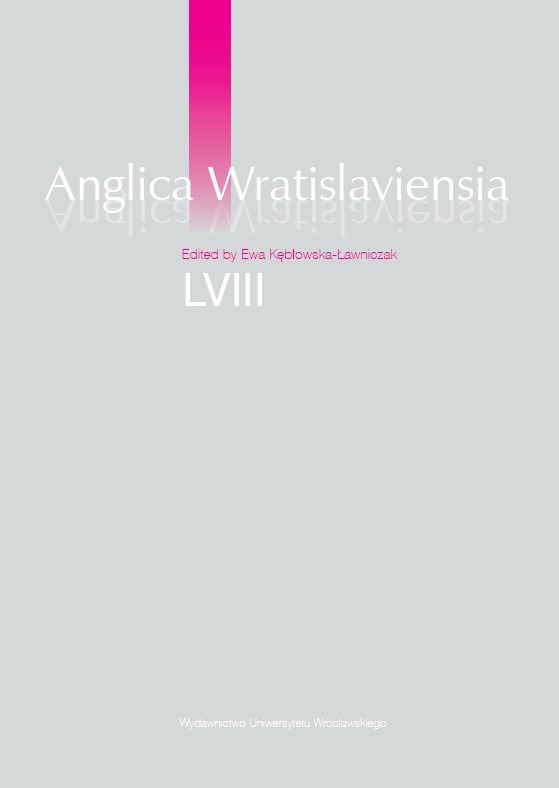Storytelling in Satirical Drawings
Storytelling in Satirical Drawings
Author(s): Joanna Hardukiewicz-Chojnowska Subject(s): Fine Arts / Performing Arts, Visual Arts, Sociology of Art, History of Art
Published by: Wydawnictwo Uniwersytetu Wrocławskiego
Keywords: multimodality; cartoons; storytelling; metaphor; conceptual blending; figure and ground
Summary/Abstract: In 2012 Jonathan Gottshall published a book entitled The Storytelling Animal. How Stories Make Us Human, in which he claims that what distinguishes man from other animals is that people have minds that are able to create stories. Moreover, Gottshall (106) mentions an experiment conducted in the 1940s by Heider and Simmel, whose results show that “if you give people random, unpatterned information, they have a very limited ability not to weave it into a story”. While in the aforementioned experiment the stimuli that triggered stories consisted of geometric figures, in the present article attention shall be paid to satirical drawings. They will be discussed with reference to selected mechanisms derived from cognitive linguistics that are applied in satirical drawings in order to activate the stories needed to interpret the given drawing. The paper is divided into two parts, one of which includes a brief theoretical overview of storytelling, and the second containing a description of selected mechanisms, i.e. metaphors, conceptual blending, and figure and ground distinction, that trigger the story-like interpretation of cartoons. Satirical drawings will be perceived here as examples of contemporary multimodal texts whose interpretation and creation involve the application of the storytelling properties of the human brain. References to both verbal and non-verbal aspects of cartoons will demonstrate that the cognitive mechanisms discussed here exceed the boundaries of verbal language.
Journal: Anglica Wratislaviensia
- Issue Year: 58/2020
- Issue No: 1
- Page Range: 21-33
- Page Count: 13
- Language: English

